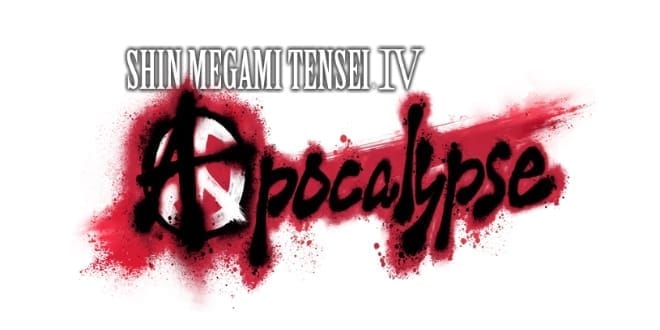Everything went to Hell so fast. My first mission as a Hunter and it was so simple. Forage for supplies with Nikkari and Manabu while Asahi and myself got a brief lesson in how to handle ourselves in a battle. A few lesser demons fell at our feet before it came. Adrammelech and his horde, tittering with glee and champing at the bit for human flesh. We never stood a chance. Blood everywhere and then darkness. A long road with an offer at the end. Dagda he calls himself? "From now on, you're my Godslayer."
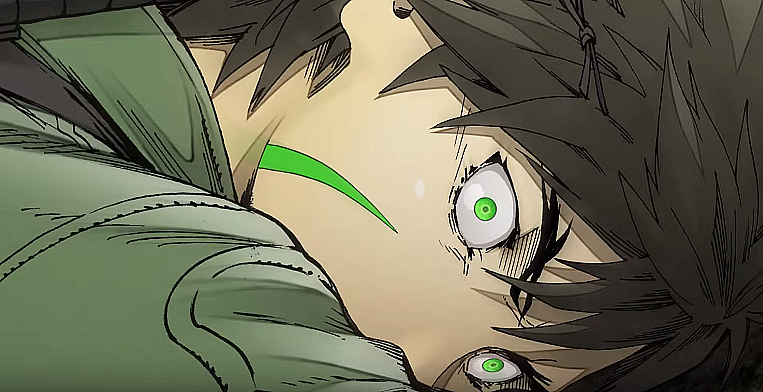
Shin Megami Tensei IV: Apocalypse begins with the game's protagonist, Nanashi (which translates to "No Name") biting the big one before being revived by Dagda, an entity who seeks to destroy Gods and Demons alike. Not only is our hero no longer roadkill but he's imbued with the very power to cut down any and everything in his path, summon demons and negotiate with them too. He also happens to be left with glowing markings that look quite similar to the Demi-Fiend in a nice nod to one of the best games in the series, Shin Megami Tensei III: Nocturne.
Apocalypse (or SMTIV: Final in Japan) is not so much a sequel to the original Shin Megami Tensei IV but rather the same tale told from a different perspective. The events of the original SMT4 involve Tokyo overrun with demons and a dome erected to protect it while another civilization rises outside of that bedrock layer known as Mikado. Twenty or so years pass within the dome under a funky demonic influence that wreaks havoc on the time stream. Meanwhile, thousands of years pass outside of it in the Eastern Kingdom of Mikado. The samurai, Flynn, and his counterparts go on a journey to explore Tokyo and its lost technology (known as "relics" in Mikado), eventually getting caught in the middle of a war between deities. Shin Megami Tensei IV: Apocalypse takes place around the time that the last choices of the prior game's "Neutral" route are being made. Apocalypse is just like any other SMT title in that there are clear choices to make in regards to the path the silent hero takes. SMT4 offered three alignments path to traverse (Law, Chaos, and Neutral) while its follow-up sticks to routes that mostly adhere to Neutrality. The game hinges on the idea of making bonds or breaking them as Tokyo hangs in the balance of a struggle between the polytheistic gods and monotheistic Abrahamic entities. The pieces are set up on the board and it is up to the Godslayer to determine just how disruptive he'll be to their plans.
So, the basics of the story are laid out but, as with any other Shin Megami Tensei title, the real appeal is found in combat, demon negotiation, and fusion. Team Maniacs took an already great set of mechanics from SMT4 and improved upon them while taking fan feedback into consideration about the things that didn't work so well in the original game. Shin Megami Tensei IV: Apocalypse is a rousing success in that regard. Combat is dynamic, full of nuance and easily one of the best times I've had with a JRPG in a long while and it relies on resurrecting two core components of the original games to do so.
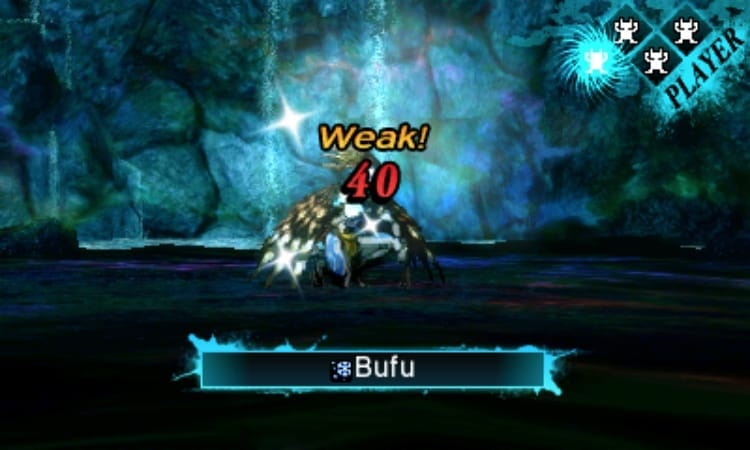
The first of these is the Press Turn system (returning from SMT3: Nocturne and the Digital Devil Saga) which rewards players (and enemies) extra turns for exploiting weaknesses. Turns are represented via Press-Turn icons on the upper-right of the screen. The execution of an attack (both physical and magical) or using an item makes one of the icons disappear. Once all icons are gone then your foes take their turn under the same system. So, let's say one of your demons casts Bufu (an ice spell) on a target weak to it. That will generate an extra press-turn to make use of and, thus, it can turn the tide of battle quickly in your favor. Enemies can also benefit in the same way so being unprepared, even for foes at a lower level, can go disastrously wrong if the press-turn system goes in the enemy's favor. It is a simple addition to tried-and-true RPG mechanics that pushes players to analyze encounters and approach them with an eye towards exploitation of enemy faults as opposed to just auto-attacking everything.
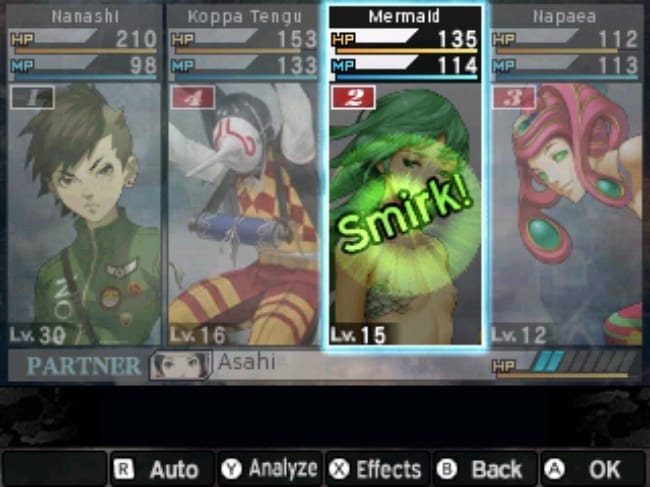
The Smirk mechanic returns after its debut in SMT4 to further refine the Press-Turn base of combat in Apocalypse. The pursuit of exploiting weakness can result in a critical hit or, in the case of an attack received, can be nullified and that will result in a character or demon gaining the Smirk status. It not only restores HP/MP to full for the Smirking entity but it also provides a massive boost to damage, provides critical hit chance on magic spells, raises evasion and it also unlocks bonuses for attack skills such as making them an instant-kill (Mudo is an example of this). Smirking status can immediately turn the tide of a battle that has nearly gone awry or helps to speed through areas if enemy weaknesses are scouted ahead of time. Those two components to combat, Press-Turn and the Smirk status, make what would be a by-the-numbers turn-based experience into a far more compelling affair. It made the game a blast to play and I strongly stand beside my endorsement of this game being the absolute best the series has ever had in regards to combat.
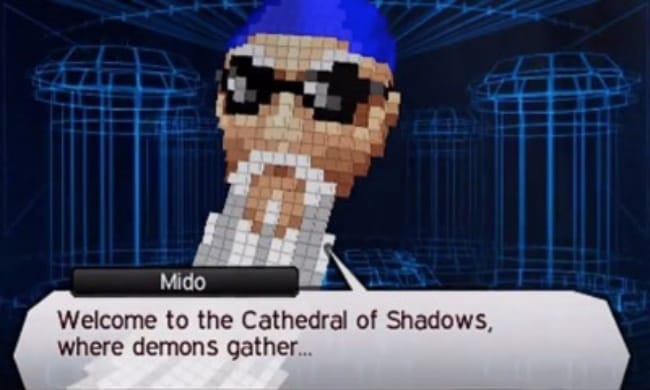
Not all conflicts have to end with every enemy being vanquished, as there is an entire compendium of entities to encounter, negotiate with and potentially make your ally. Every fight can become a series of dialogue choices between yourself and a would-be ally. Demons will often request macca (currency), HP or SP or just ask questions. The fulfillment of these requests or answering questions correctly will result in that demon joining your side and becoming a potential fighter to fill one of the three demon slots on your roster. Some negotiations will break down, though, resulting in the creature running away or getting angry and resuming the fight. Negotiating with demons is a cornerstone of the franchise as is the fusion of them. All of this can be done via the Fusion app on Nanashi's wrist-bound smartphone. The combinations possible from Fusion are limitless and Shin Megami Tensei IV: Apocalypse adds a further wrinkle by assigning skill affinities to demons. This allows for better planning of what potential spawn the fusion of specific demons will produce. Once a demon levels up sufficiently, learning all their hidden skills then an event occurs where a demon-specific skill can be passed on to Nanashi. This allows for the learning of magic spells such as Mudo and Bufu. There is an entire metagame within the SMT titles built solely around the concept of filling out the compendium and seeing what sort of bizarre fusions are produced. It's easy to get lost in the back and forth of negotiation, fusion, and battle-testing.
Apocalypse is no slouch on content to pour over as the main story will take in the neighborhood of 65 hours while completionists are looking at an easy 110 to check everything off the list with side content. New Game + is a must to see the multiple endings as is standard with any main entry in the SMT franchise. Whether or not the endpoint is worth getting to is another story, though. This game shines as far as how it plays, but it stumbles heavily in regards to both occasional tonal dissonance and reaching a conclusion. It's hard to dive into without spoiling whole swathes of the game but suffice to say that there are numerous moments where something ghastly happens only to find later that there are zero repercussions. There are decisions made in regards to partner characters that are not committed to, and there are numerous plot points that are simply dumb in all the wrong ways. The pejorative of "man this is just too anime" comes to mind in the later hours of Shin Megami Tensei IV: Apocalypse and that tonal dissonance begin to play heavily into that. The absolute lunacy on display at times will then be accompanied by such strange conversation trees and musical choices that it made me roll my eyes. The SMT series, as a whole, has always differentiated itself from the RPG norms by focusing on a modern setting (Tokyo), mythological themes and theological exploration and more abstract ideas. As Kazuma Kaneko (series creator) put it, "I like to think of Shin Megami Tensei games as rock stars or singers in punk bands whereas blockbuster games like Final Fantasy are more like the Academy Award winners." The franchise has always embraced its status as the outsider of the RPG sphere, and it has, for ages, stood as a monument to just how wonderful and crazy this genre can be.
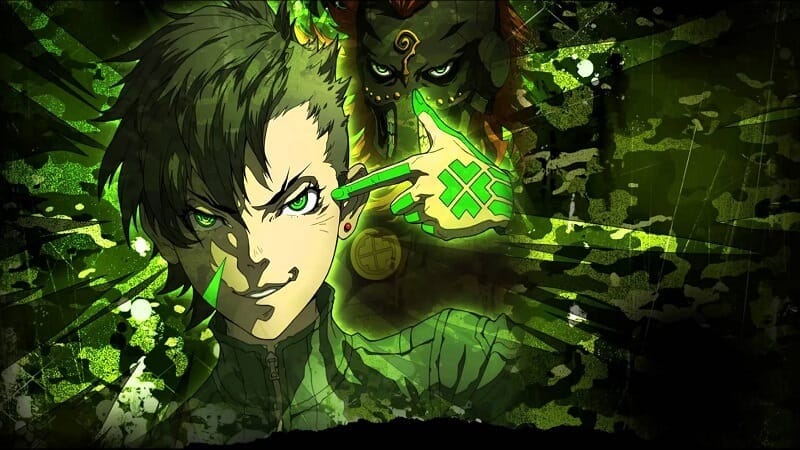
The core concepts of SMT are quite malleable and work within a number of scenarios. The Persona series is built upon those tenants but it does deviate with an emphasis on psychoanalytical themes and its high school setting. They are also far lighter in their tone than any of the Shin Megami Tensei core titles to appeal to a different audience. The once spin-off has become far more popular than the original franchise and that has begun to slowly creep into the other side of Atlus' work, which is evident in Apocalypse. Let's face it, as great as Persona 4 was, that was some anime-ass anime gaming right there. Once I neared the end of Shin Megami Tensei IV: Apocalypse I began to really feel that feeling pressing down on me and it was made worse by some of Masayuki Doi's design choices in the latter half. It isn't necessarily game breaking but it left me feeling disappointed.
That said the final conflict is actually fantastic and did unexpected things with the combat formula. There are entities within that will likely leave longtime fans of the franchise gasping in surprise while finishing the other routes in Apocalypse will possibly answer questions that have been around for a long time (I'm talking since SMT 2 at least). This uneven feeling of a few steps forward and a few steps back is what ultimately defined my experience with the game. It plays like a dream but, frankly, suffers from some really uneven writing and presentation in the back half that threaten to derail it. Thankfully, it sounds amazing and the localization's voice acting is spot on for the most part. There are some instant classic tracks on this soundtrack too that will require numerous listens to fully appreciate.
Is Shin Megami Tensei IV: Apocalypse worth your time as a JRPG fan? Absolutely. It features the best combat in a mainline Shin Megami Tensei game I've ever played along with some truly challenging scenarios to work through and when the character design and writing is firing on all cylinders it really hums along. Just don't pay as much attention to the proceedings during those final hours and enjoy the ride.
Shin Megami Tensei IV: Apocalypse was reviewed on Nintendo 3DS with a code provided by the publisher.
Review Summary
Shin Megami Tensei IV: Apocalypse is one of the absolute best JRPGS for the Nintendo 3DS this year. It improves upon SMT4's systems in definitive ways while addressing many of the nagging issues that served to hold its predecessor back.
(Review Policy)Have a tip, or want to point out something we missed? Leave a Comment or e-mail us at tips@techraptor.net
